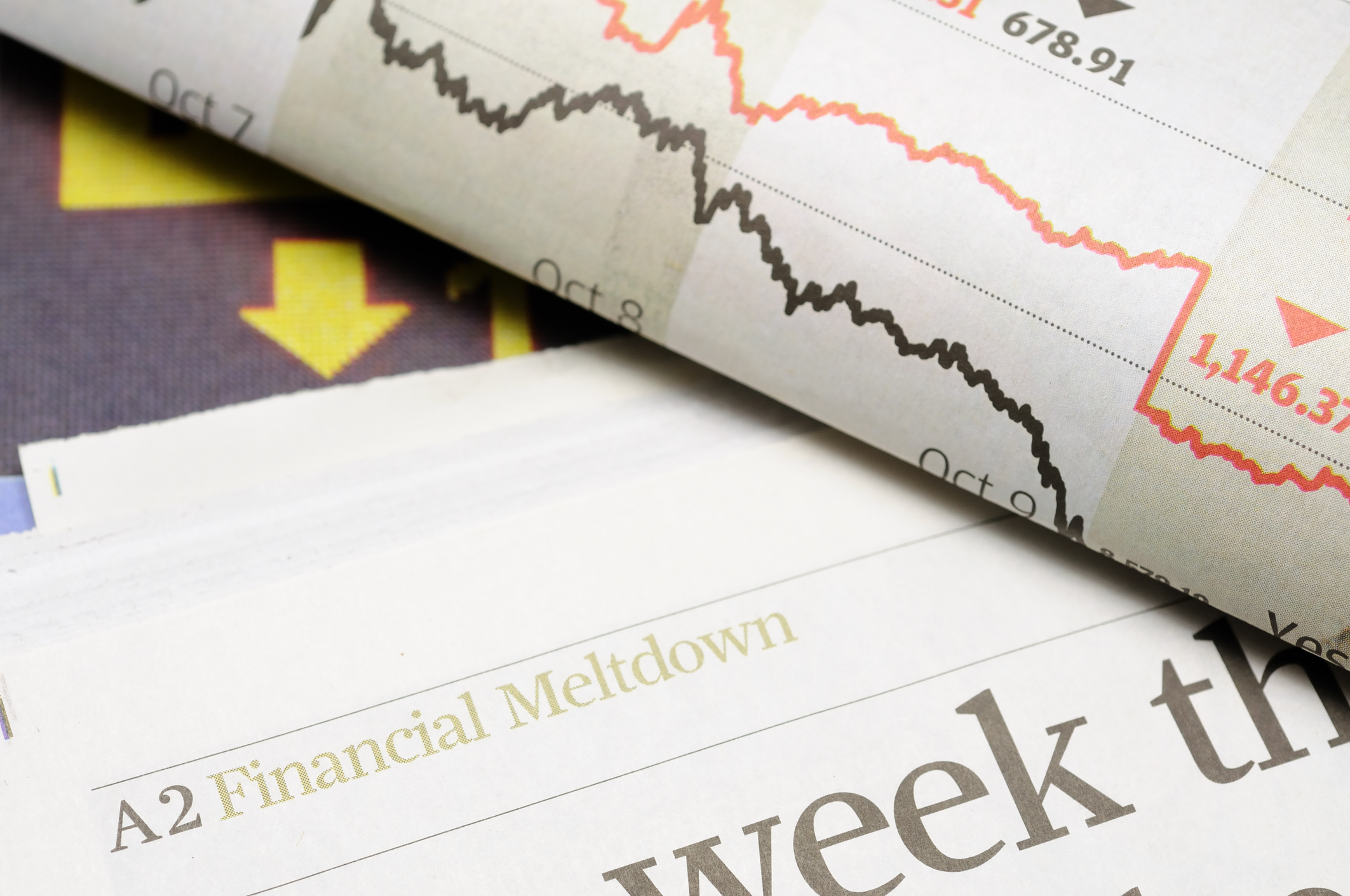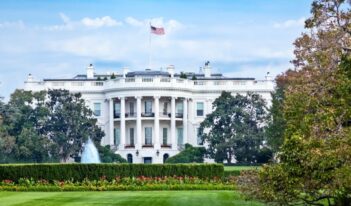
President of the Minneapolis Federal Reserve argues that banks still pose a threat of catastrophic failure.
More than 8.5 million jobs disappeared from the economy during the Great Recession. In order to stop the economy from plummeting deeper into an abyss in 2008, the U.S. government bailed out banks and major businesses, and passed legislation – the Dodd-Frank Act – to try to keep a similar crisis from reoccurring.
Despite this legislation, the stability of the financial sector remains all too precarious, argued Neel Kashkari, President of the Federal Reserve Bank of Minneapolis in a February speech at the Brooking Institution. “I believe the biggest banks are still too big to fail and continue to pose a significant, ongoing risk to our economy,” he said.
Kashkari’s assessment of the threat that big banks pose to the wider society is largely influenced by his experience working in senior positions at the U.S. Department of Treasury during the 2008 crisis. Not only did the downturn in home mortgages affect the banks that relied on mortgage payments as a stream of revenue, other industries endured crisis as well. Construction workers were hit particularly hard, as demand for new homes decreased. Additionally, because banks were in financial straits and less willing to lend to one another and to other businesses, companies were not able to undertake new projects. In turn, companies laid off employees, continuing the spiral into an economic crisis. Ultimately, in order to limit the damage from the crisis, Congress authorized the U.S. Department of Treasury to loan up to $700 billion to large banks and to other companies severely impacted by the economic downturn.
In the wake of the crisis, Congress implemented Dodd-Frank, which sought to create financial stability, increase transparency in financial markets, and enhance consumer protection. While the legislation was effective in establishing goals, it left a lot of the work to administrative agencies to figure out the details. For example, Dodd-Frank required the Securities and Exchange Commission (“SEC”) to create rules to carry out over 90 provisions in the Act. Thus far, the SEC has finalized rules for about 61 of them. Dodd-Frank also required rulemakings from other administrative agencies, including the Consumer Financial Protection Bureau and Commodities Futures Trading Commission. As of 2014, four years after Dodd-Frank was passed, slightly more than half of the required rulemakings of the legislation had been completed.
Kashkari argues that the nation needs to consider bold proposals like breaking up large banks and forcing them to hold more capital in reserve. Much of the regulation in the wake of the financial crisis focused on reducing systemic risk –the chance of a company-level event threatening a wider segment of the economy. However, Kashkari argues that defining systemic risk is a difficult proposition, as the concerns of financial regulators are different when the economy is strong, as opposed to when the economy is weak. Additionally, since the cause of the next economic downturn is almost impossible to predict, Kashkari argues that a more cautious approach – ushered in by bold reform now – must be taken to ensure that the next industry downturn does not threaten the economy the way the residential mortgage downturn did in 2008.
Kashkari advises that now is the time to consider bold action, because while the economy has recovered from the last crisis, the next crisis will quickly be upon us, based on the cyclical pattern of a crisis occurring after several years of stability. Kashkari acknowledges that when Dodd-Frank was passed, the economy may have been too weak for regulators to consider transformative action, and that the actions taken were a step in the right direction. However, now that the economy is better, and the next crisis has not yet hit, Congress must consider such change, Kashkari argues. He warns that the “massively asymmetric risks to society” that big banks pose, mandate taking bolder steps to rein in financial institutions, even though it may impose additional costs for banks and multi-national corporations.
Kashkari likens regulating large financial institutions to regulating nuclear reactors. He argues that our system needs to be equipped to handle the cyclical shocks that occur every few years, as well as the more devastating financial crisis that comes once every 100 years, just as nuclear reactors need to be built to withstand a once-in-a-century storm. He argues that the risk of not being prepared is too great.
In an effort to ensure that bolder proposals like breaking up big banks or forcing them to hold more capital in reserves are thoroughly considered, Kashkari and the Federal Reserve of Minneapolis will be holding a series of policy symposiums this spring. The symposiums seek to bring together experts to consider the costs, benefits, and challenges of implementing a range of solutions.
Donald Kohn, a senior fellow at the Brookings Institution, and Gary Stern, former president of the Federal Reserve Bank of Minneapolis, question the immediate need for the changes that Kashkari advocated. Unconvinced that the new regime is insufficient to minimize the damage of another financial crisis, Kohn believes that once Dodd-Frank is “fully in place, [it] will probably work.” He also contends that, given the proximity and public attention given to the 2008 bailout, it is unlikely that authorities will get Congress to authorize another bailout anytime soon.
Stern largely agrees with Kohn. He emphasizes the importance of the “living will” process implemented under Dodd-Frank, which requires the biggest banks to come up with plans that address the company’s plan of action in the event of financial distress or failure. Proponents argue that this plan will create alternative courses of action for a distressed institution, rather than having to bail it out, as had happened in 2008. He argues that, if properly implemented and communicated to the public, the living will provision will reduce a financial crisis’s overall effect on the economy, making the situation more manageable and reducing the necessity of government intervention to protect uninsured creditors.
Despite the differing opinions on Kashkari’s call for immediate bold action, all agree that the number of agencies overseeing the U.S. financial industry can slow the regulatory process – as it has with the implementation of Dodd-Frank. During times of financial distress, agencies need to be able to respond quickly, Kohn argues. To that end, former Chairman of the Federal Reserve Bank, Paul Volcker, is working with his think tank, the Volcker Alliance, to form a plan to overhaul the financial regulatory system by consolidating and reorganizing the regulatory agencies.
Ultimately, time will tell whether the financial regulations implemented under Dodd-Frank are sufficient to prevent another “too big to fail” scenario. In the meantime, Kashkari and the Minneapolis Federal Reserve will consider proposals for bolder action from Congress that will help our financial system withstand the devastation of a once-in-a-century recession.



